|
Your search criteria found 1300 images Gallery: Universe |
| My List |
Addition Date
|
Target | Mission | Instrument | Size |

|
2024-02-26 | Asteroid |
Deep Space Network (DSN) |
Deep Space Network |
3410x2222x1 |
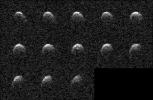
|
|||||

|
2024-02-14 |
NICER NuSTAR |
4800x2700x3 | ||
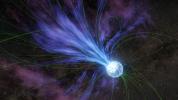
|
|||||

|
2023-12-22 |
IRAS |
1200x675x3 | ||
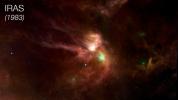
|
|||||

|
2023-12-22 |
James Webb Space Telescope IRAS Spitzer Space Telescope |
2686x1503x3 | ||
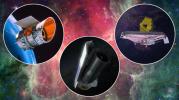
|
|||||

|
2023-12-05 | Pan |
Psyche |
2967x1225x1 | |
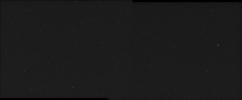
|
|||||

|
2023-04-26 | Asteroid |
Deep Space Network (DSN) |
Deep Space Network |
2922x1411x1 |
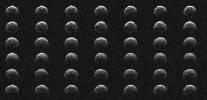
|
|||||

|
2023-04-06 |
NuSTAR |
3840x2160x3 | ||
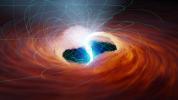
|
|||||

|
2023-02-17 | Asteroid |
Deep Space Network (DSN) |
Deep Space Network |
3085x2437x1 |
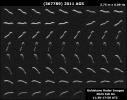
|
|||||

|
2023-02-09 | Sol (our sun) |
NuSTAR |
2000x2000x3 | |
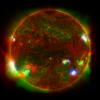
|
|||||

|
2022-12-20 |
NuSTAR |
3840x2160x3 | ||
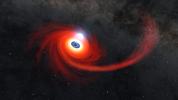
|
|||||

|
2022-11-22 | Orion Nebula |
Herschel Space Observatory Spitzer Space Telescope Wide-field Infrared Survey Explorer (WISE) |
Herschel Telescope Spitzer Space Telescope WISE Telescope |
9036x7646x3 |
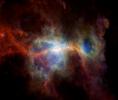
|
|||||

|
2022-11-11 | Eagle Nebula |
Wide-field Infrared Survey Explorer (WISE) |
3400x3400x3 | |
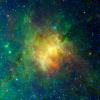
|
|||||

|
2022-10-12 | Star |
James Webb Space Telescope |
Mid-Infrared Instrument (MIRI) |
2258x1558x3 |
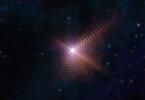
|
|||||

|
2022-10-12 | Star | 3840x2160x3 | ||
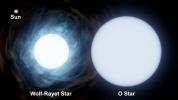
|
|||||

|
2022-06-29 | Asteroid |
Deep Space Network (DSN) |
Deep Space Network |
1587x1137x1 |
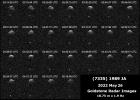
|
|||||

|
2022-06-16 |
Herschel Space Observatory |
2401x1350x3 | ||
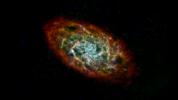
|
|||||

|
2022-06-16 |
Herschel Space Observatory |
4950x4950x3 | ||
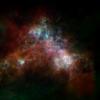
|
|||||

|
2022-06-16 |
Herschel Space Observatory |
7400x4162x3 | ||
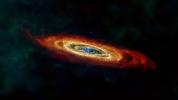
|
|||||

|
2022-06-16 |
Herschel Space Observatory |
13000x13000x3 | ||
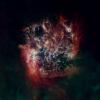
|
|||||

|
2022-03-18 |
Spitzer Space Telescope |
Spitzer Space Telescope |
3840x2160x3 | |
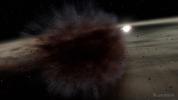
|
|||||

|
2022-03-15 | Asteroid | 1440x830x3 | ||
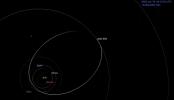
|
|||||

|
2022-02-10 | Jupiter |
NuSTAR |
3840x2160x3 | |
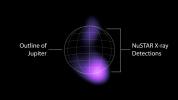
|
|||||

|
2022-01-13 |
Spitzer Space Telescope |
Spitzer Space Telescope |
1600x900x3 | |
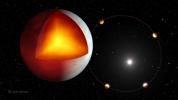
|
|||||

|
2022-01-10 | Asteroid |
Deep Space Network (DSN) |
Deep Space Network |
3093x1963x1 |
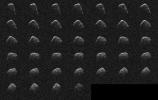
|
|||||

|
2021-11-17 | Asteroid |
Double Asteroid Redirect Test (DART) |
1300x856x3 | |
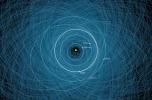
|
|||||

|
2021-10-25 |
Spitzer Space Telescope |
Spitzer Space Telescope |
3542x3542x3 | |
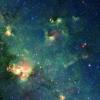
|
|||||

|
2021-09-03 | Asteroid |
Deep Space Network (DSN) |
Deep Space Network |
2002x1128x3 |
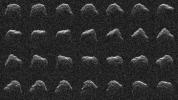
|
|||||

|
2021-09-03 | Asteroid |
Deep Space Network (DSN) |
Deep Space Network |
1314x1274x3 |
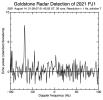
|
|||||

|
2021-08-31 |
NEOWISE |
360x360x3 | ||
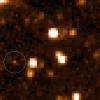
|
|||||

|
2021-08-17 |
Spitzer Space Telescope |
Spitzer Space Telescope |
4800x2700x3 | |
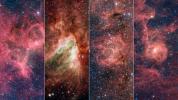
|
|||||

|
2021-08-17 | 4800x2700x3 | |||
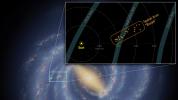
|
|||||

|
2021-08-04 |
Hubble Space Telescope Spitzer Space Telescope |
Hubble Space Telescope Spitzer Space Telescope |
1780x1001x3 | |
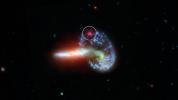
|
|||||

|
2021-07-09 |
NuSTAR |
4000x1459x3 | ||
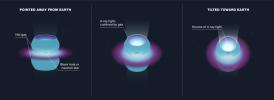
|
|||||

|
2021-05-11 |
Voyager |
1241x427x3 | ||
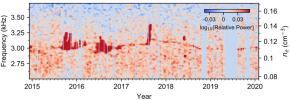
|
|||||

|
2021-04-21 | Milky Way | 3840x2160x3 | ||
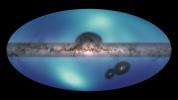
|
|||||

|
2021-04-07 | 3814x1856x3 | |||
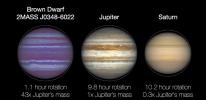
|
|||||

|
2021-04-07 | 5120x2880x3 | |||
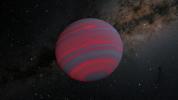
|
|||||

|
2021-04-05 | Asteroid |
Deep Space Network |
1254x958x1 | |
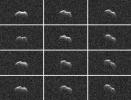
|
|||||

|
2021-03-29 | Asteroid |
Psyche |
10800x10800x3 | |
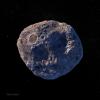
|
|||||

|
2021-03-29 | Asteroid |
Psyche |
10800x10800x3 | |
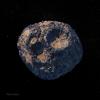
|
|||||

|
2021-03-26 | Asteroid |
Deep Space Network |
2999x1300x1 | |
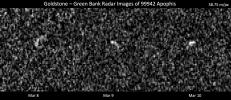
|
|||||

|
2021-03-09 | Sky | 1200x1707x3 | ||

|
|||||

|
2021-01-22 | 6000x3500x3 | |||
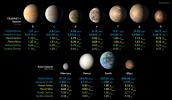
|
|||||

|
2021-01-22 | 3840x2160x3 | |||
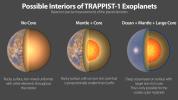
|
|||||

|
2021-01-22 | 4800x2700x3 | |||
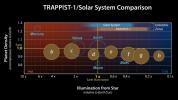
|
|||||

|
2021-01-22 | 3840x2160x3 | |||
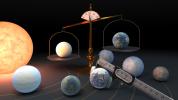
|
|||||

|
2020-11-18 |
Galaxy Evolution Explorer (GALEX) |
1920x1080x3 | ||
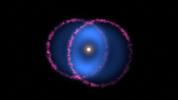
|
|||||

|
2020-11-18 |
Galaxy Evolution Explorer (GALEX) |
4791x2695x3 | ||
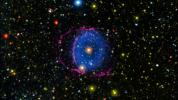
|
|||||

|
2020-10-01 | 3840x2160x3 | |||
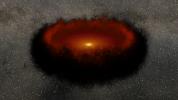
|
|||||

|
2020-09-09 | Asteroid |
OSIRIS-REx |
1280x720x3 | |
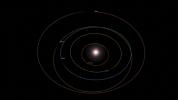
|
|||||

|
2020-08-25 |
Spitzer Space Telescope |
Spitzer Space Telescope |
2000x1125x3 | |
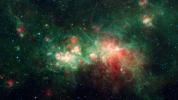
|
|||||

|
2020-08-18 | Asteroid |
ZTF |
1814x1298x3 | |
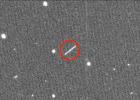
|
|||||

|
2020-08-18 | Asteroid | 1841x1033x3 | ||
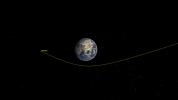
|
|||||

|
2020-07-16 |
NuSTAR |
5740x3228x3 | ||
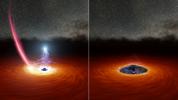
|
|||||

|
2020-07-08 | Comet |
NEOWISE |
860x651x3 | |
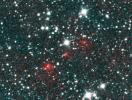
|
|||||

|
2020-07-07 | Asteroid |
Psyche |
1600x900x3 | |
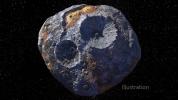
|
|||||

|
2020-06-24 |
NuSTAR |
3334x1875x3 | ||
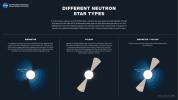
|
|||||

|
2020-04-28 |
Spitzer Space Telescope |
Spitzer Space Telescope |
5120x2880x3 | |
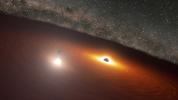
|
|||||

|
2020-04-17 |
Spitzer Space Telescope |
Spitzer Space Telescope |
3317x1902x3 | |
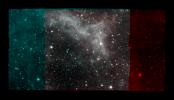
|
|||||

|
2020-04-15 |
Kepler |
3741x2244x3 | ||
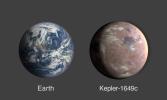
|
|||||

|
2020-04-15 |
Kepler |
3840x2160x3 | ||
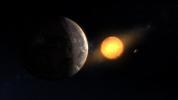
|
|||||

|
2020-04-15 |
Kepler |
3840x2160x3 | ||
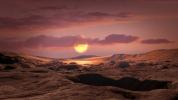
|
|||||

|
2020-04-09 | 4800x2700x3 | |||
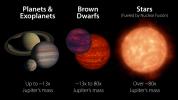
|
|||||

|
2020-04-09 |
Spitzer Space Telescope |
Spitzer Space Telescope |
3840x2160x3 | |
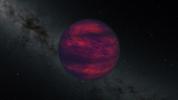
|
|||||

|
2020-01-27 |
Spitzer Space Telescope |
Spitzer Space Telescope |
8832x4968x3 | |
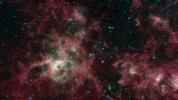
|
|||||

|
2020-01-27 |
Spitzer Space Telescope |
Spitzer Space Telescope |
8832x4968x3 | |
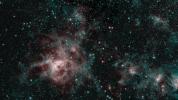
|
|||||

|
2020-01-22 |
Spitzer Space Telescope |
Spitzer Space Telescope |
5760x3240x3 | |
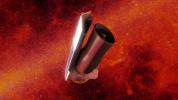
|
|||||

|
2020-01-08 | 4096x2160x3 | |||
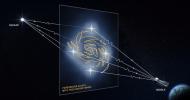
|
|||||

|
2020-01-08 |
Hubble Space Telescope |
WFC3 |
1920x1280x3 | |
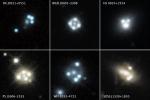
|
|||||

|
2020-01-07 |
SOFIA |
2608x3022x3 | ||

|
|||||

|
2019-12-19 |
Spitzer Space Telescope |
Spitzer Space Telescope |
15950x6500x3 | |
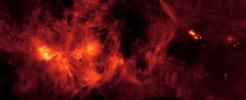
|
|||||

|
2019-12-13 |
Wide-field Infrared Survey Explorer (WISE) |
1622x1125x3 | ||
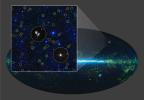
|
|||||

|
2019-12-05 | Asteroid | 2532x1417x3 | ||
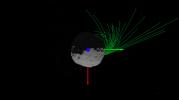
|
|||||

|
2019-12-05 | Asteroid | 535x398x3 | ||
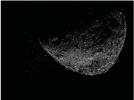
|
|||||

|
2019-10-30 |
Spitzer Space Telescope |
Spitzer Space Telescope |
1041x586x3 | |

|
|||||

|
2019-09-30 |
Spitzer Space Telescope |
Spitzer Space Telescope |
3250x3250x3 | |
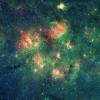
|
|||||

|
2019-09-12 |
Canada-France-Hawaii Telescope |
705x645x1 | ||
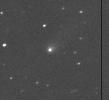
|
|||||

|
2019-09-04 |
NuSTAR |
NuSTAR |
3488x3485x3 | |
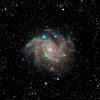
|
|||||

|
2019-08-19 |
Spitzer Space Telescope |
3840x2160x3 | ||
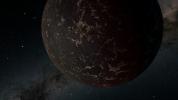
|
|||||

|
2019-07-31 |
Spitzer Space Telescope |
IRAC |
1200x1200x3 | |
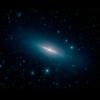
|
|||||

|
2019-05-30 |
Spitzer Space Telescope |
IRAC |
14391x6232x3 | |
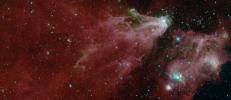
|
|||||

|
2019-05-30 |
Spitzer Space Telescope |
IRAC MIPS |
14391x6232x3 | |
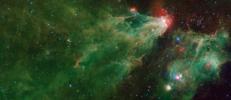
|
|||||

|
2019-05-08 |
Hubble Space Telescope Spitzer Space Telescope |
IRAC |
1600x900x3 | |
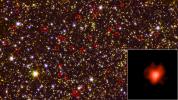
|
|||||

|
2019-04-29 | Asteroid | 1220x700x3 | ||
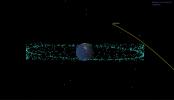
|
|||||

|
2019-04-25 | Messier 87 |
Spitzer Space Telescope |
Spitzer Space Telescope |
3226x1814x3 |
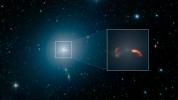
|
|||||

|
2019-03-27 |
Spitzer Space Telescope |
IRAC |
4600x3000x3 | |
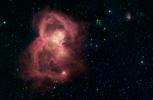
|
|||||

|
2019-03-11 | Sol (our sun) |
SDO |
Atmosphere Imaging Assembly |
1500x1414x3 |
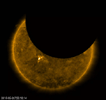
|
|||||

|
2019-03-05 |
Spitzer Space Telescope |
Spitzer Space Telescope |
2412x1713x3 | |
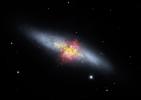
|
|||||

|
2019-03-04 | Sol (our sun) |
SDO |
Atmosphere Imaging Assembly |
1520x1500x3 |
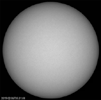
|
|||||

|
2019-02-27 |
Spitzer Space Telescope |
IRAC |
2133x1200x3 | |
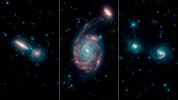
|
|||||

|
2019-02-27 |
Spitzer Space Telescope |
IRAC |
1200x1200x3 | |
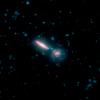
|
|||||

|
2019-02-27 |
Spitzer Space Telescope |
IRAC |
1200x1200x3 | |
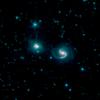
|
|||||

|
2019-02-27 |
Spitzer Space Telescope |
IRAC |
1200x1200x3 | |
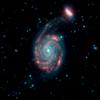
|
|||||

|
2019-02-20 |
NuSTAR |
NuSTAR |
2500x2500x3 | |
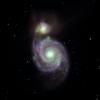
|
|||||

|
2019-02-19 | Sol (our sun) |
SDO |
Atmosphere Imaging Assembly |
1650x1540x3 |
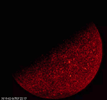
|
|||||

|
2019-01-07 |
Kepler Spitzer Space Telescope |
6000x3375x3 | ||
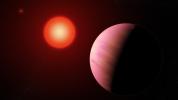
|
|||||

|
2019-01-07 |
Kepler Spitzer Space Telescope |
9019x5068x3 | ||
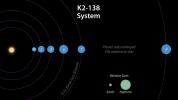
|
|||||

|
2019-01-07 |
Kepler Spitzer Space Telescope |
5120x2880x3 | ||
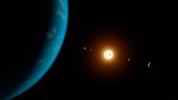
|
|||||

|
2018-12-24 | Sol (our sun) |
SDO |
Atmosphere Imaging Assembly |
1800x1800x3 |
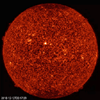
|
|||||

|
2018-12-18 |
Spitzer Space Telescope |
1055x781x3 | ||
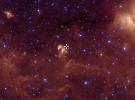
|
|||||
 |
 |
 |
 |
 |
 |
 |
 |
 |
 |

|
|
| 1-100 | 101-200 | 201-300 | 301-400 | 401-500 | 501-600 | 601-700 | 701-800 | 801-900 | 901-1000 |
| Currently displaying images: 1 - 100 of 1300 |